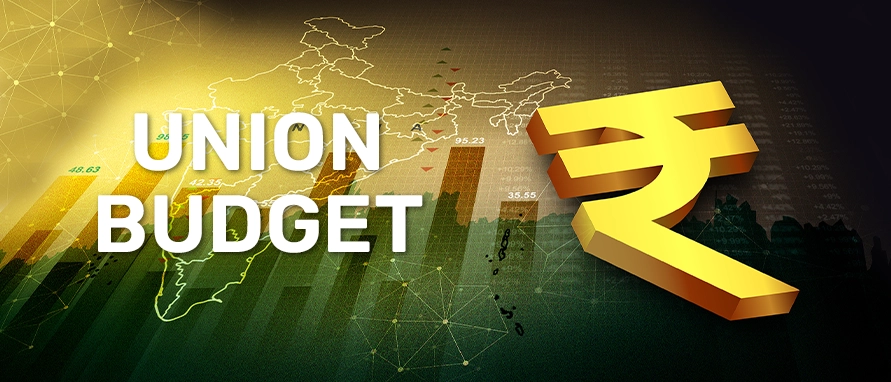India’s first woman Finance Minister, Nirmala Sitharaman, has her hands full. She will present the Union Budget for 2019-20 under Prime Minister Narendra Modi’s second Government term on July 5, 2019. The budget is expected to deal with falling economic growth and high rates of unemployment. For this reason, economists are keeping a close watch on fiscal measures to boost domestic economic growth, rural consumption and welfare spending towards programs announced by Modi’s Government.
In 1970, Indira Gandhi was the first woman minister to hold responsibility for the post in addition to being the Prime Minister. Almost half a century later, Sitharaman’s policies are under close scrutiny as there is pressure to uplift India’s position from its five-year low of slumping growth. In the first three months of 2019, growth slowed to 5.8%, pushing the country’s status as the fastest-growing economy below that of China’s at 6.4% expansion. Rainfalls have been almost negligible in large parts of the country. Farmer distress has risen. Several industries including telecommunications, power production and real estate are performing dismally. The focus is now on the Government to play its role in stabilizing India’s performance in key areas. Let’s look at some of the crises faced by the country today and what the Finance ministry must address in the Union Budget.





































